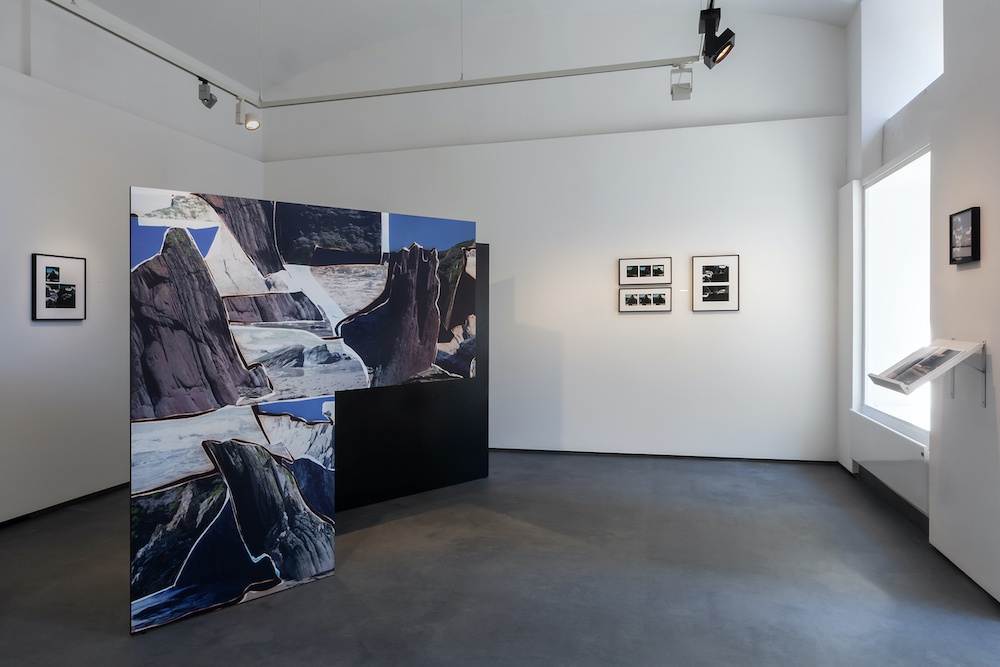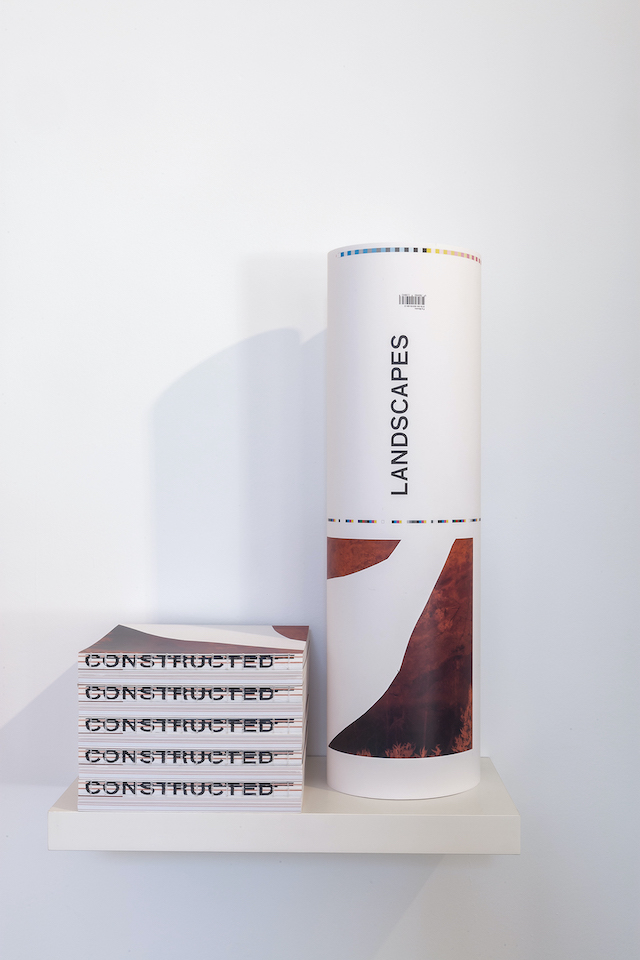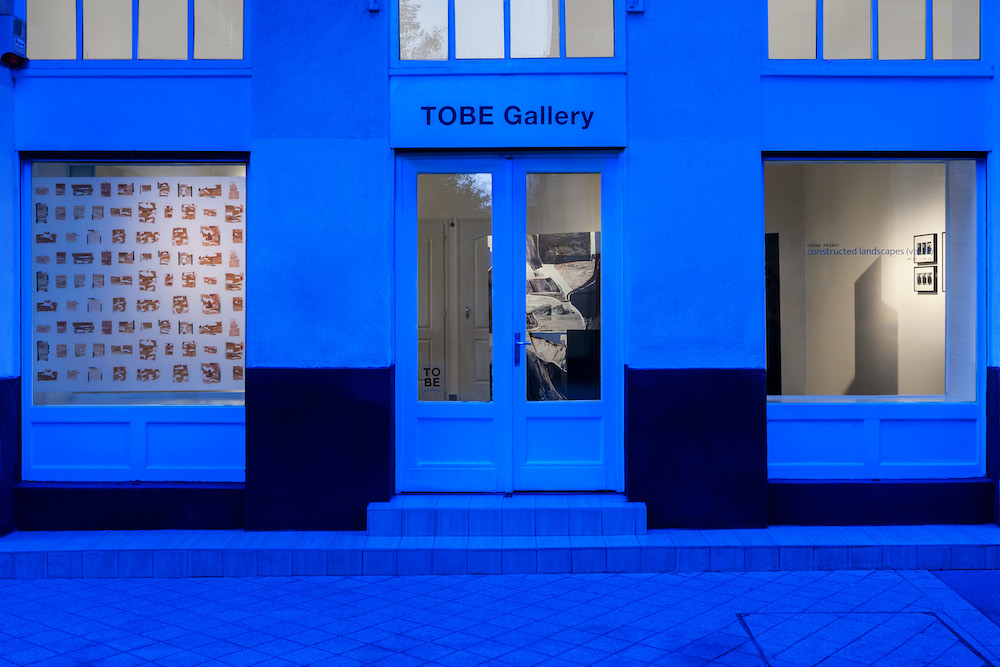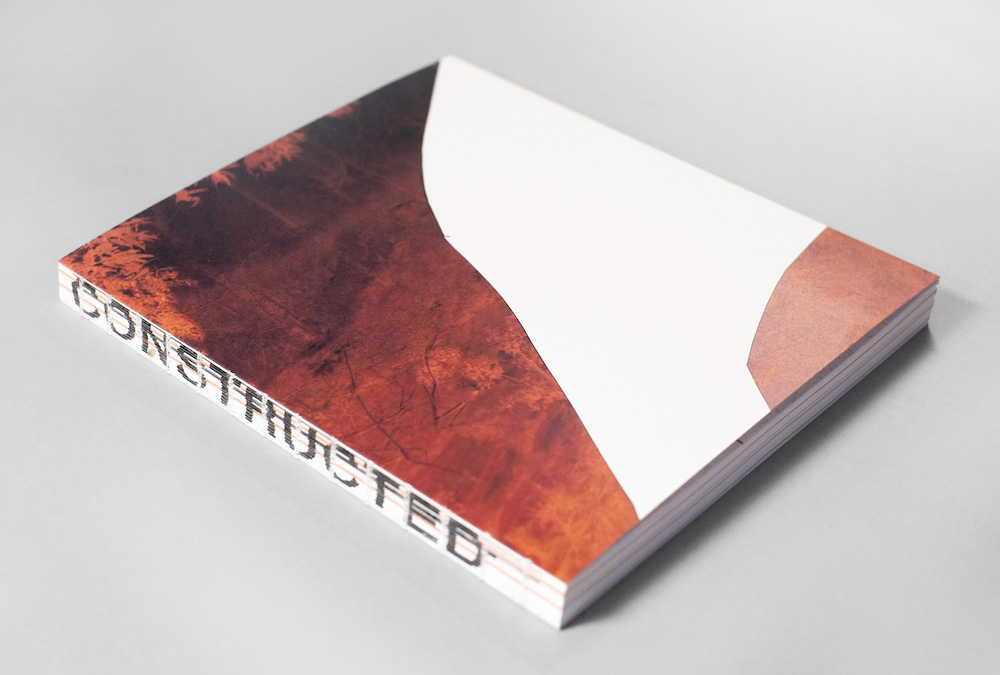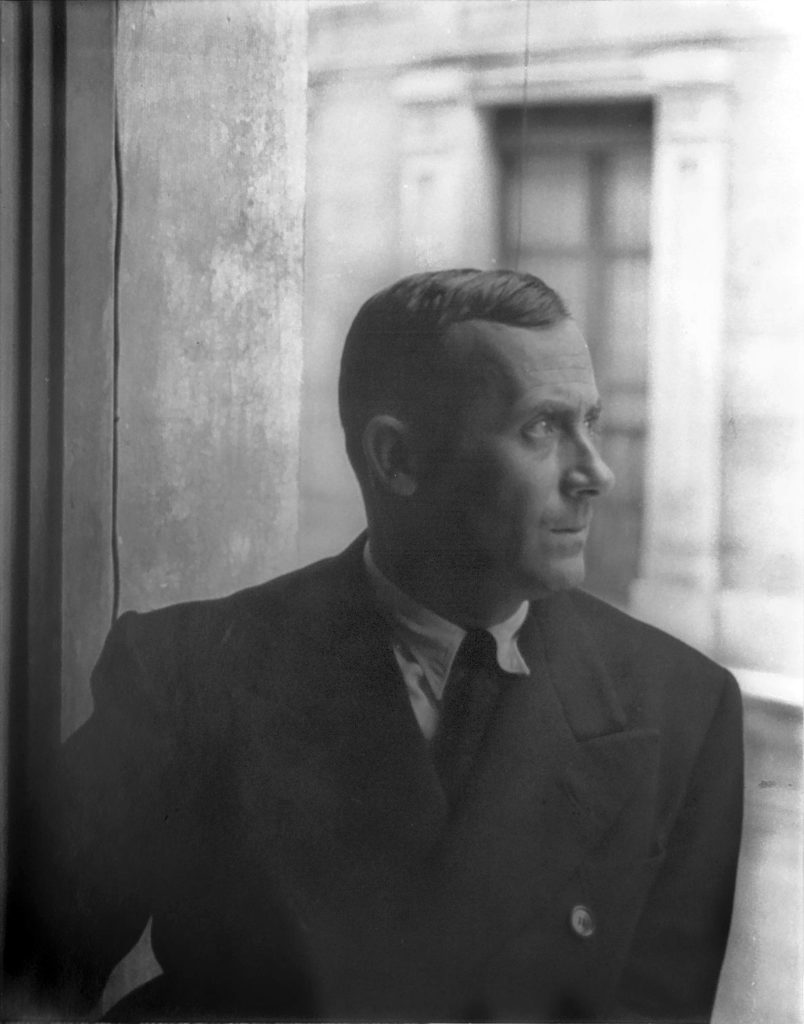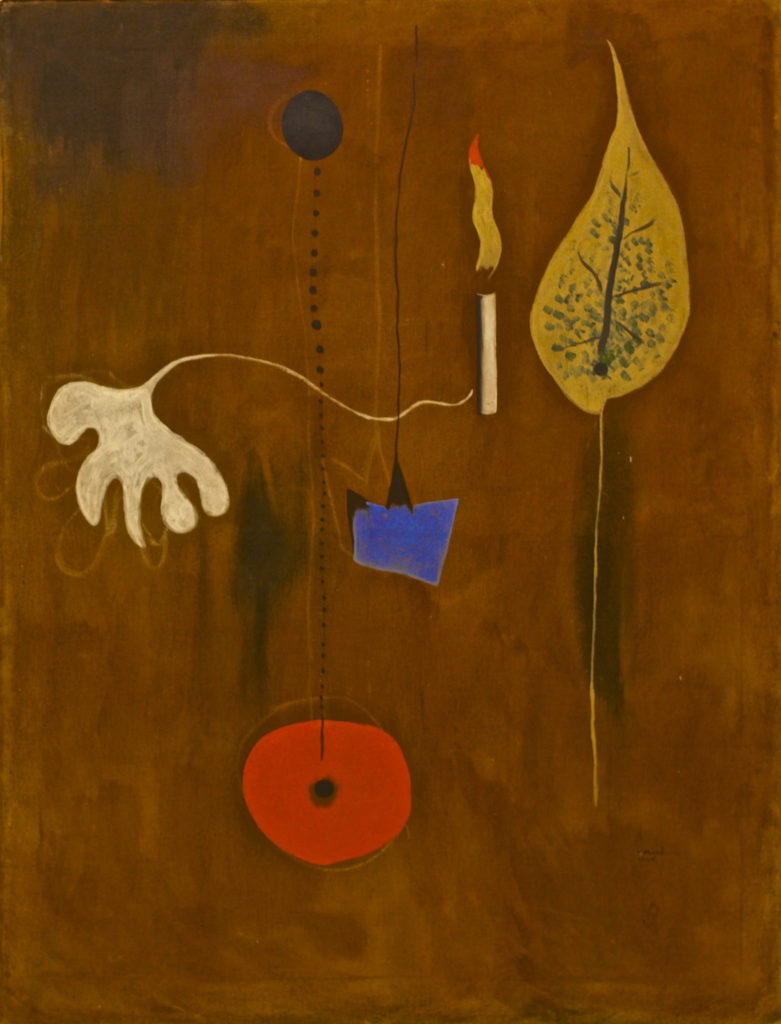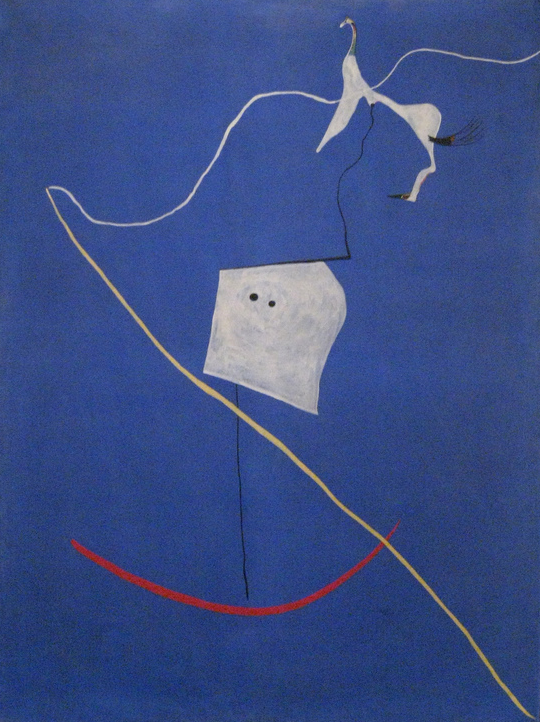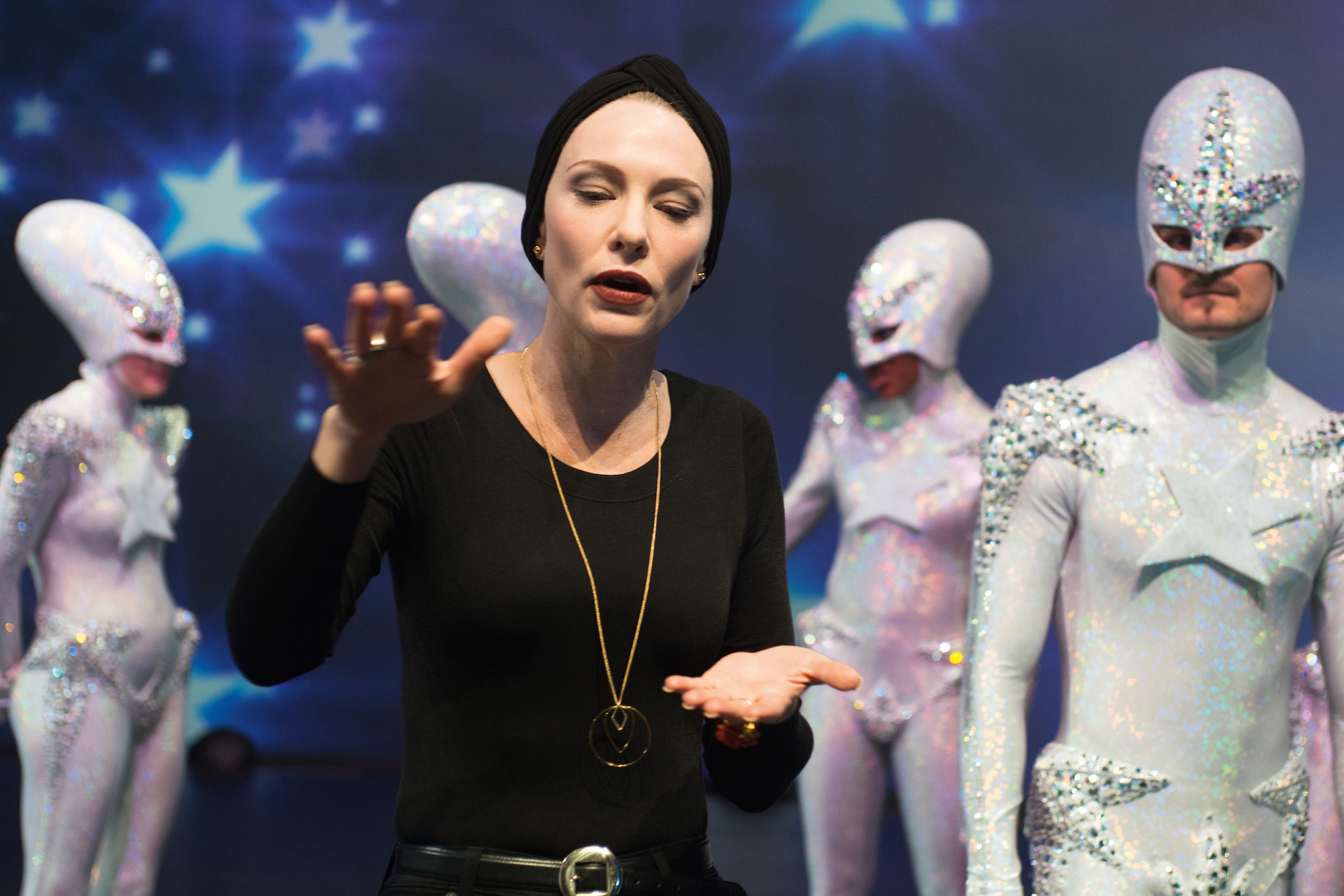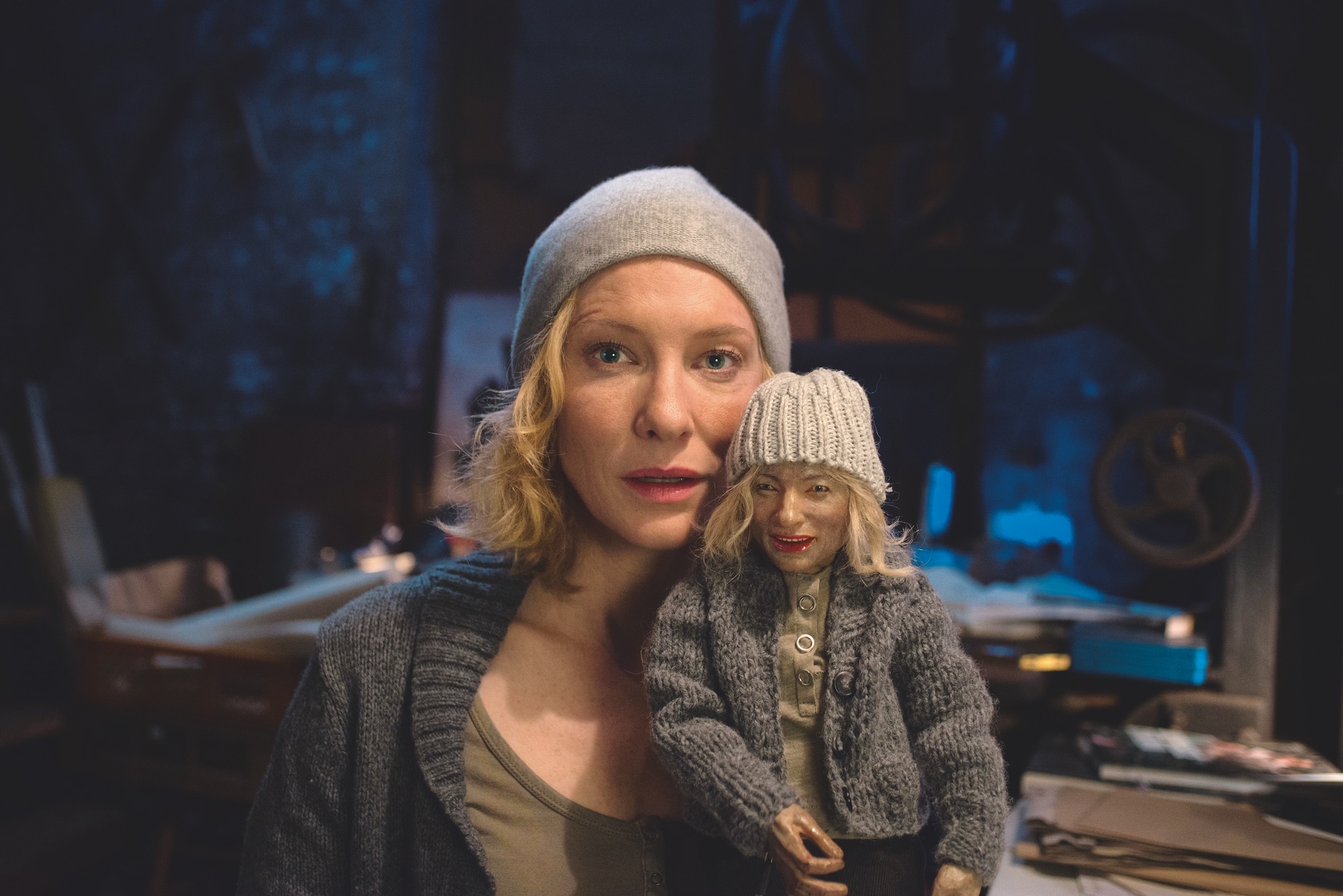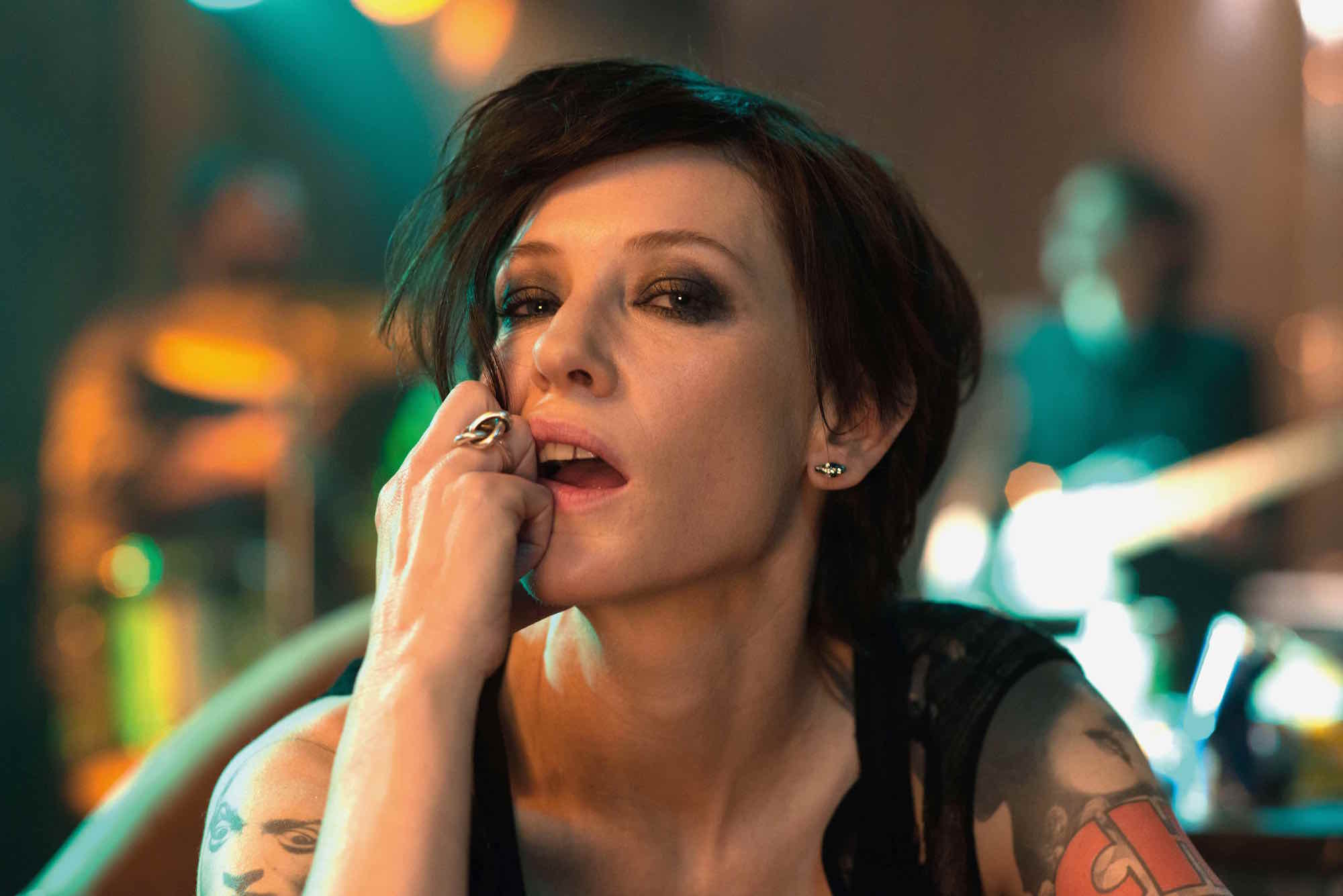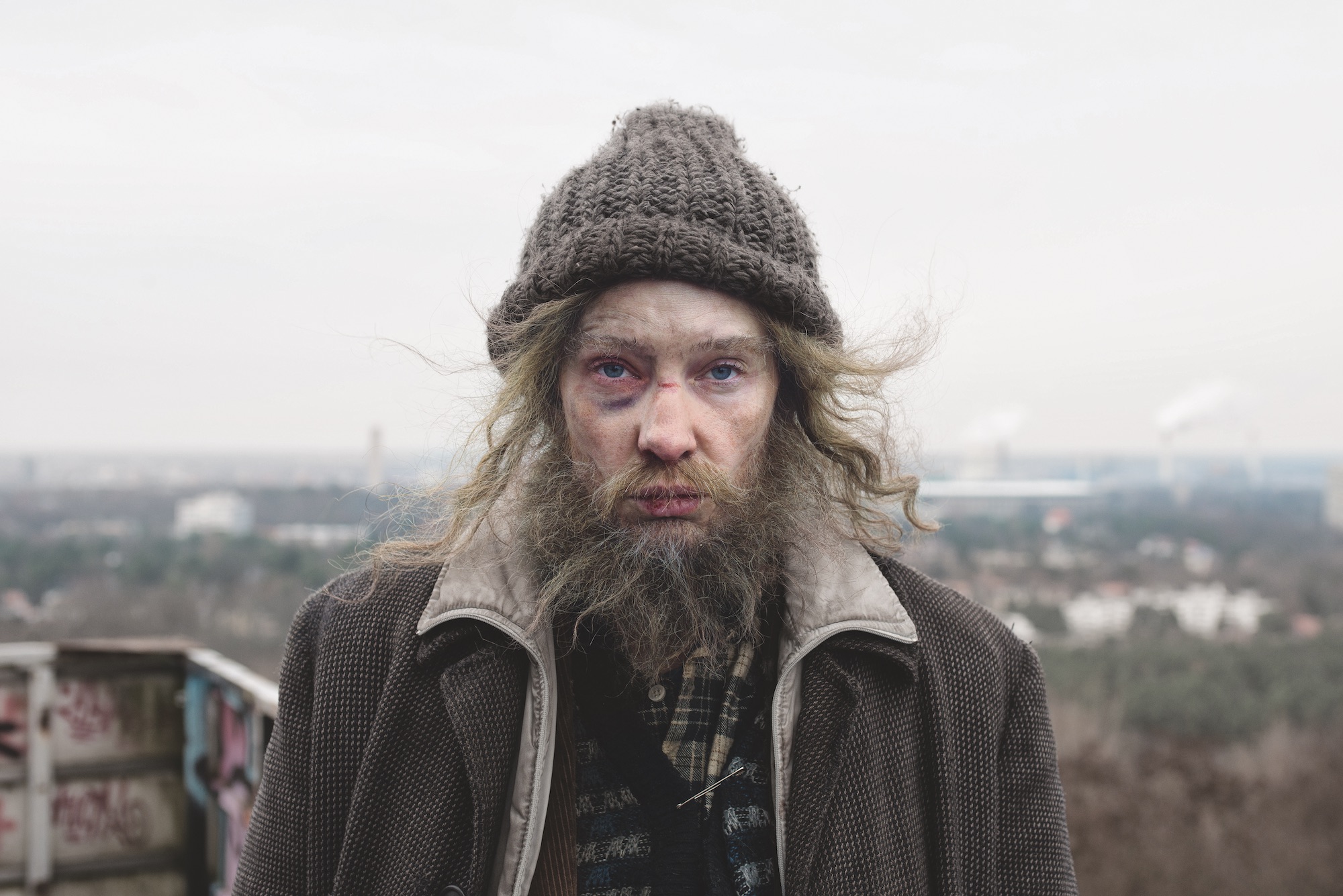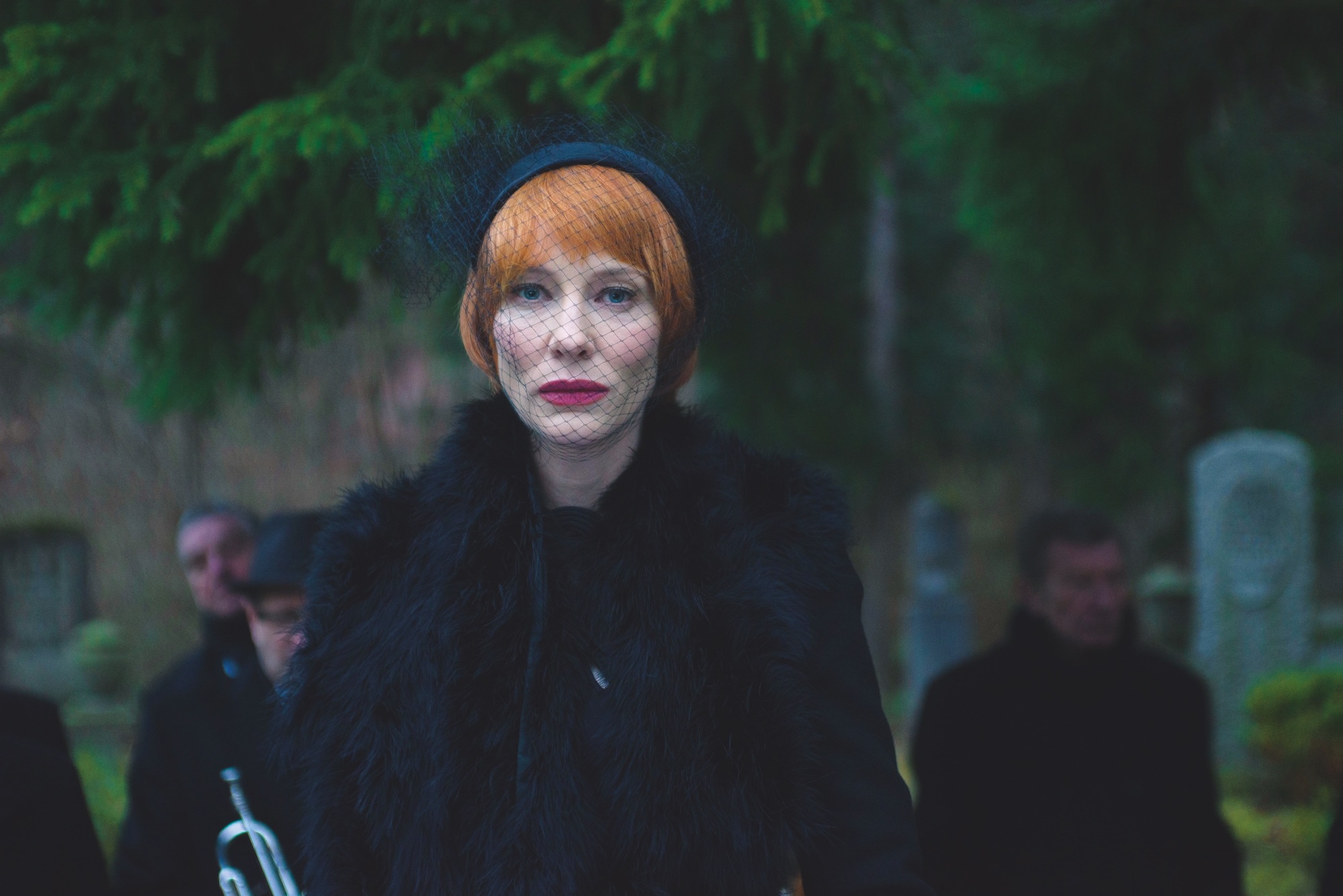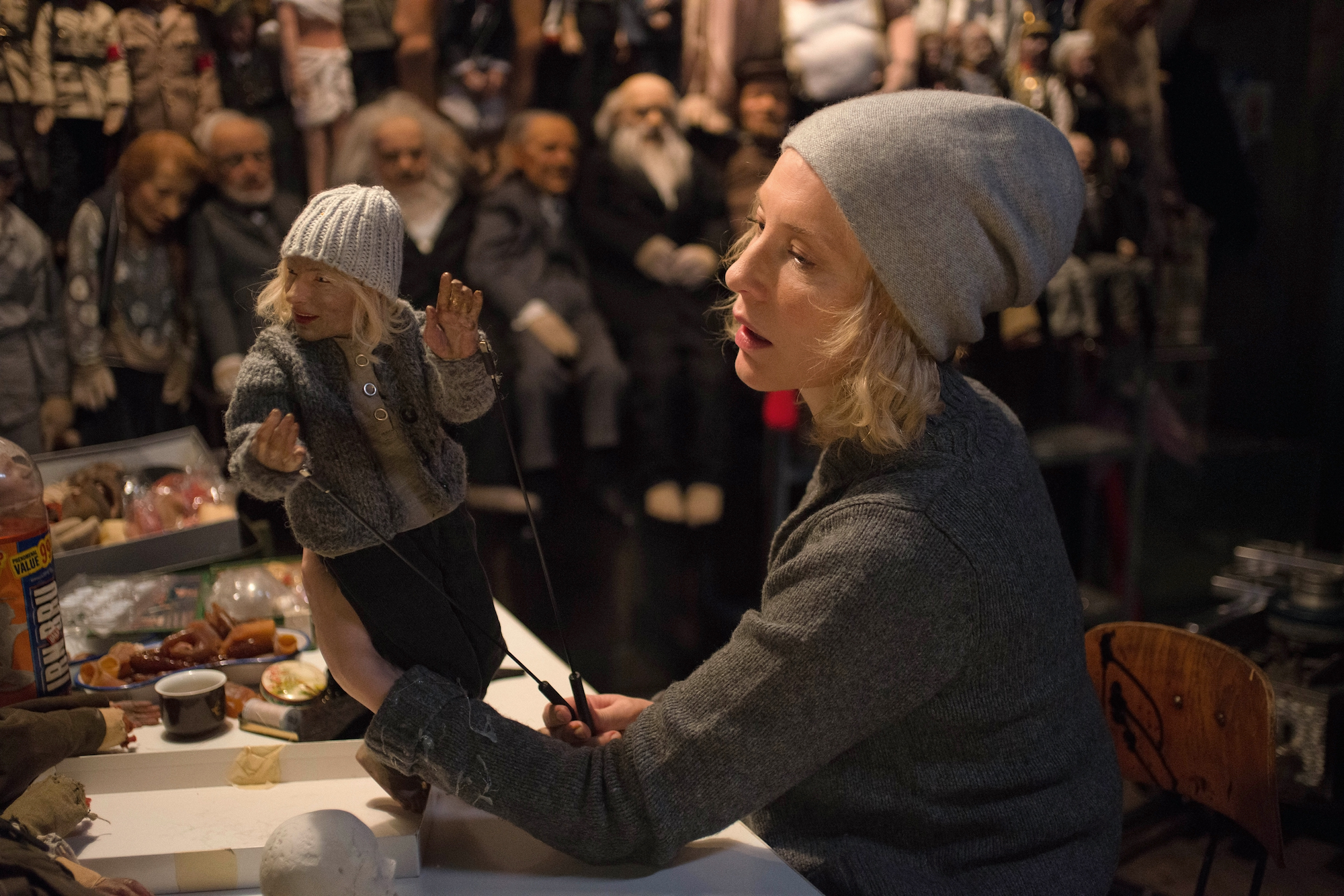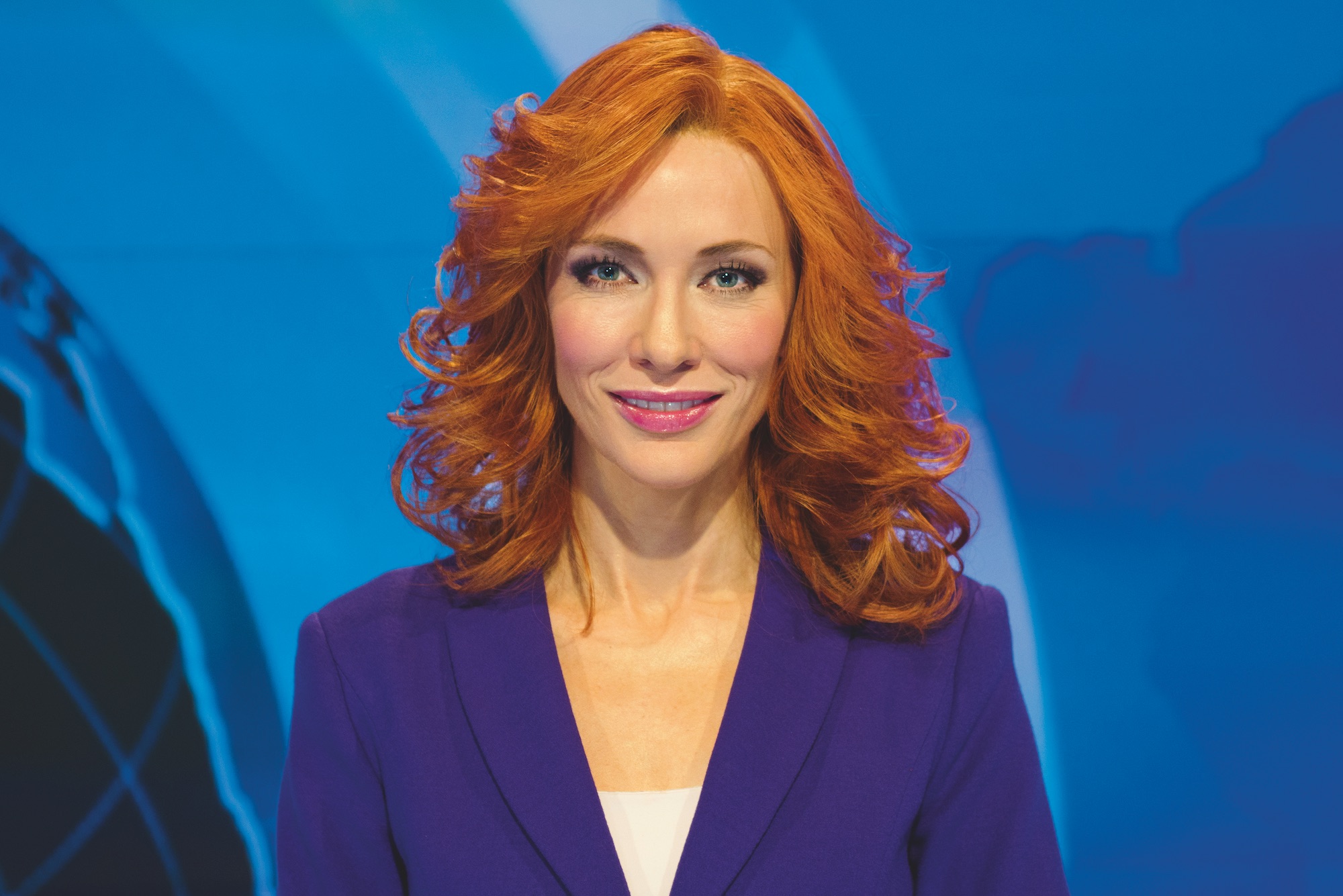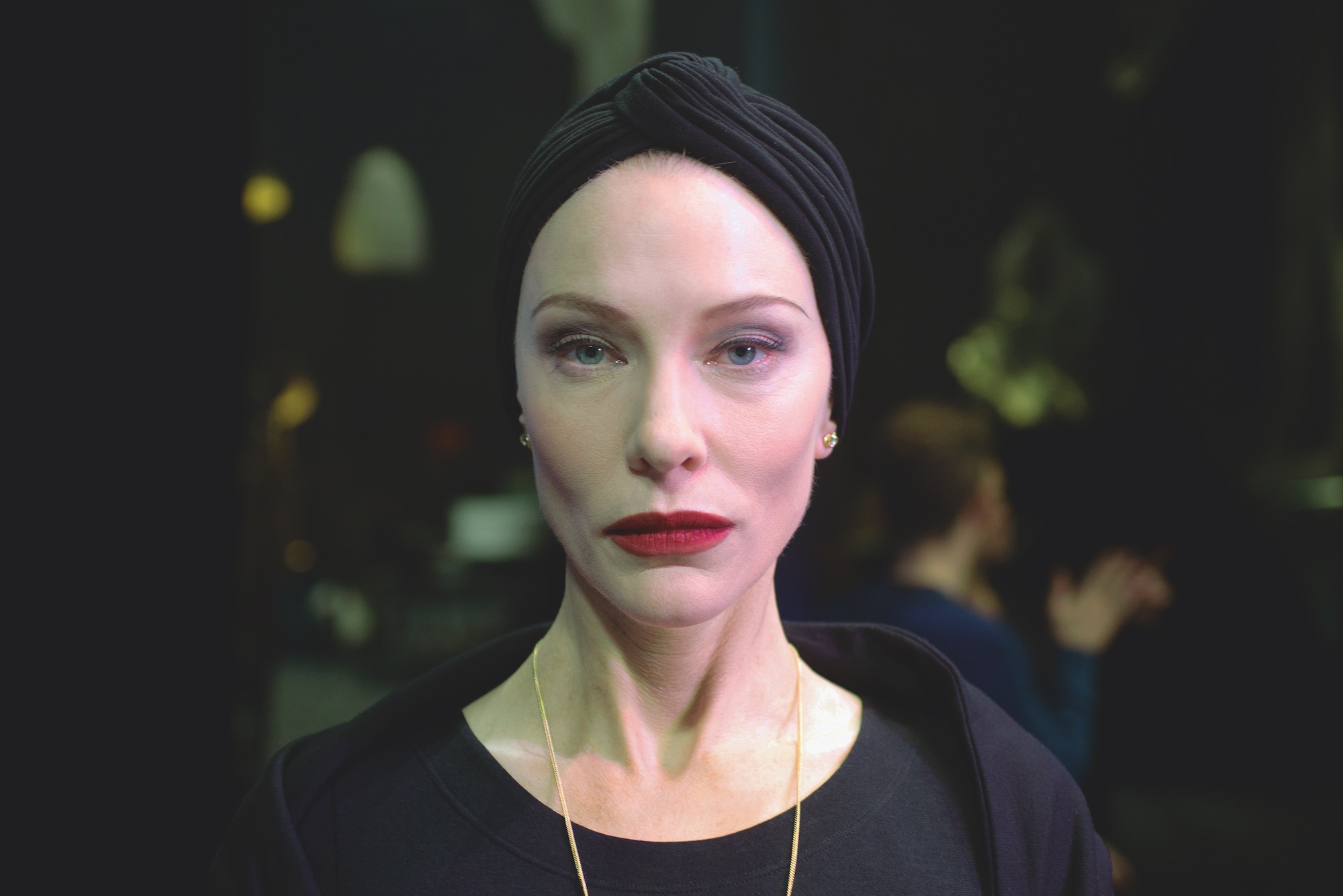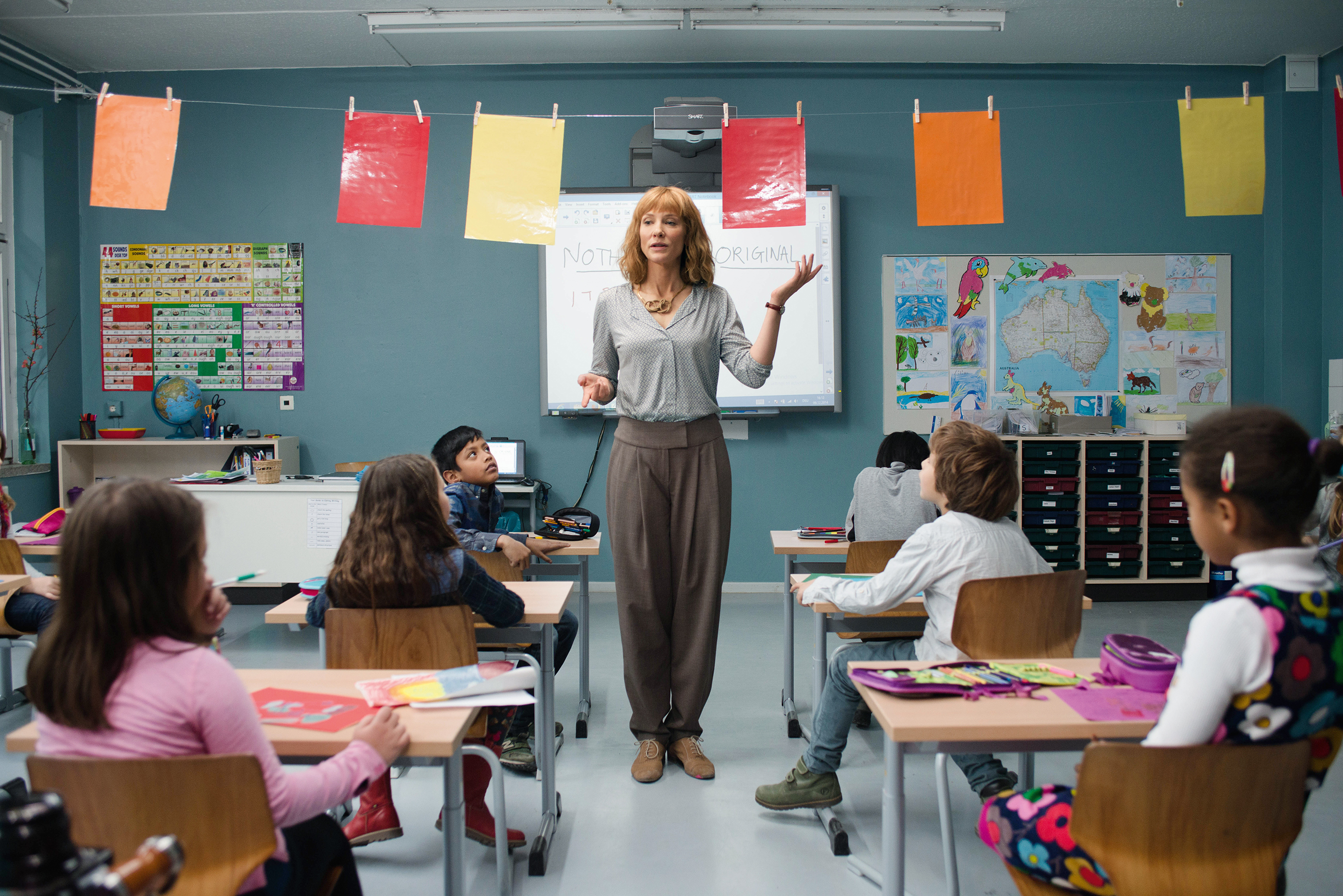Dafna Talmor’s spellbinding landscape series encourages a more active way of looking from the viewer
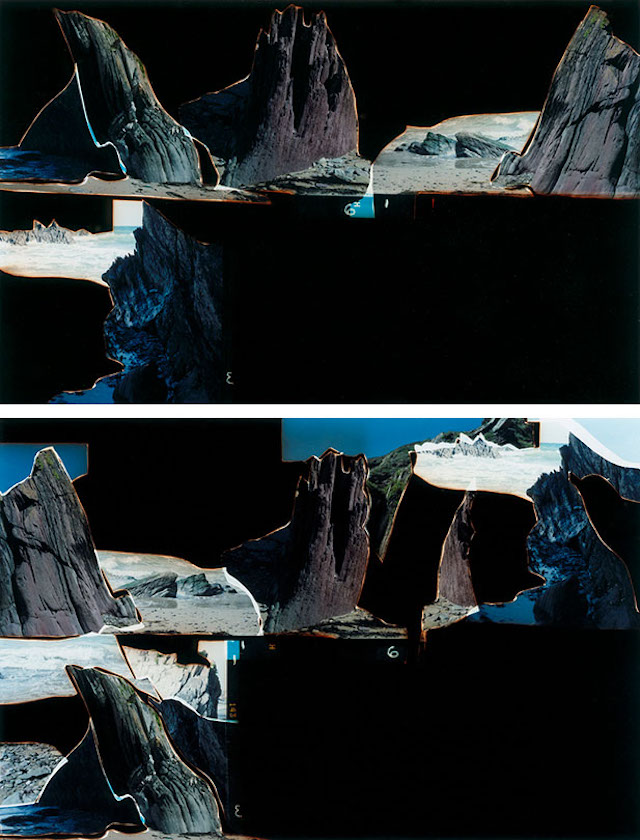
You can immediately tell that this collection of imagery isn’t a literal depiction of a place. But how they’re crafted – so spellbindingly weird and off-kilter – might remain a mystery. These are the works found in Dafna Talmor’s Constructed Landscapes, an ongoing project conceived through a unique process of slicing and splicing. The work is housed over three sub-series and developed over 10 years, the result of which is a collection of remodelled environments shot over various locations in Venezuela, Israel, the US and UK. What’s interesting, though, is its merging familiarity and the unknown; maybe you’ll recognise a tree or lake, before it slowly it morphs into an experimental yet staged recreation.
Dafna is an artist and lecturer based in London whose work spans photography, video, education, fine arts, curation and collaborations. Her works have been exhibited wildly, and her pictures have been included in private collections internationally as well as public, including Deutsche Bank, Hiscox. Through her practice, she tosses all preconceptions of the photographic medium in the fire and asks us all to question the role and methods behind taking and constructing an image. Constructed Landscapes does just that as it features transformed colour negatives, alluding a version of utopia – somewhere far away from a concrete reality.
In terms of the process, Dafna condenses multiple frames and collages the negatives. It’s a technique that enables her to re-centre the focus point of the photograph, placing more emphasis on the technique of layering and assembling, rather than an obvious subject matter. By doing so, elements from differing frames crossover and interact with one another, causing fragments to collide and, in essence, create a new version of itself. In somewhat of a succinct summary of her alluring methodology, this is how her hypnagogic photographs are formed.
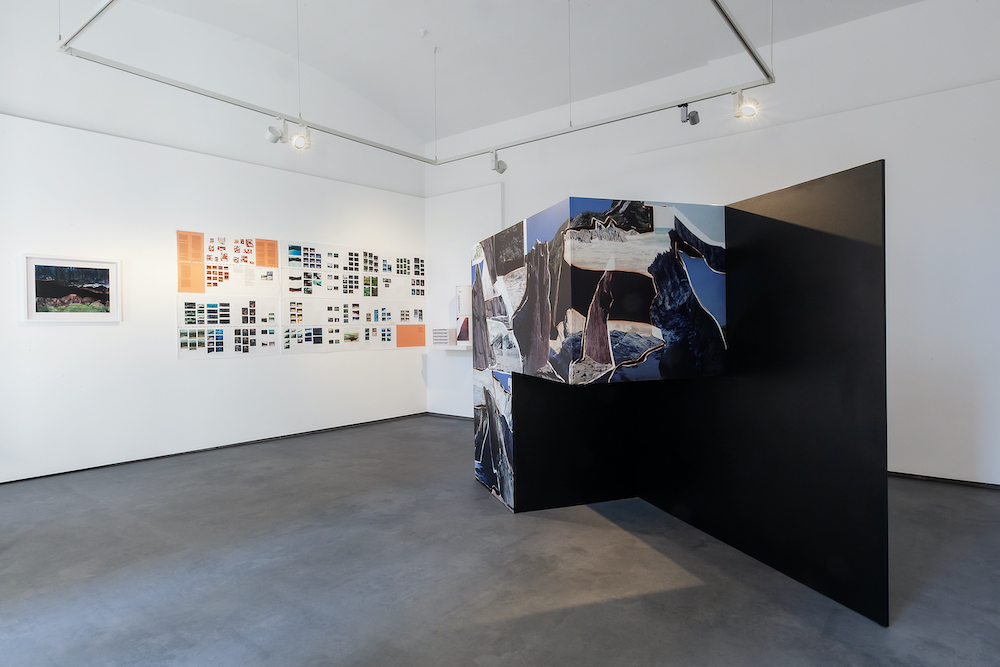
However, Dafna’s work goes far deeper than the intriguing process. In fact, the series references moments of photography history, such as pictorials processes, modernist experiments and film. Wonderfully allegorical, this opens up a dialogue about the role and study of manipulation, pointing the viewer at the crossroad of the analogue and digital divide. Yet aside from the questions that will arise, the work is simultaneously a beautiful merging of fact and fiction where burnt out hillsides, rusty toned bushes and treetops are combined. It’s a vision; one that transcends the 2D image into site specific vinyl wallpapers, spaces, photograms and publications. Not to mention the numerous exhibitions, including a recently closed show at Tobe Gallery in Budapest, accompanied by a book.
Speaking of the works involved in this show, Dafna writes in the release: “Site-specific interventions have consisted of several iterations of a flatbed scan of a clear acrylic board – used to cut my negatives and protect my light box since the inception of the project – as source material. Over time, I became interested in the object beyond its practical function and the way in which the residue and traces of the incisions allude to the manual process in an abstract yet indexical way. Like a photographic plate, the embedded marks represent the manual labour and passing of time, acting as a pseudo document that continually evolves with each new incision.”

“Besides a series of spatial interventions, the cutting board has been used to produce several editions of direct colour contact prints to date,” she adds. “Alluding further to its subtle transformative nature, one could say the colour photograms bear a more analogous relationship via the preservation and reproduction of the one-to-one scale of the incisions. When printed, the orange reddish hues are in dialogue with the red flares – consequently transposed and scaled up from the cuts on the negatives – in the main exhibition prints.”
“Through the various components of the project, an intrinsic element of the work is embedded, suggested and explored within the photographic frame in a myriad of ways; diverse forms of reproduction, representation and notions of scale that get played out aim to defy a fixed point of view, in terms of how images of – and actual – landscapes, are experienced and mediated. Inviting the viewer to move in and out of the frame, aims to encourage a more active way of looking and perpetuate a heightened awareness of one’s position as a viewer.”
